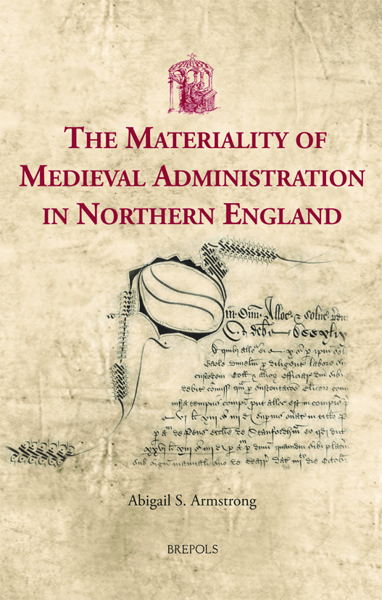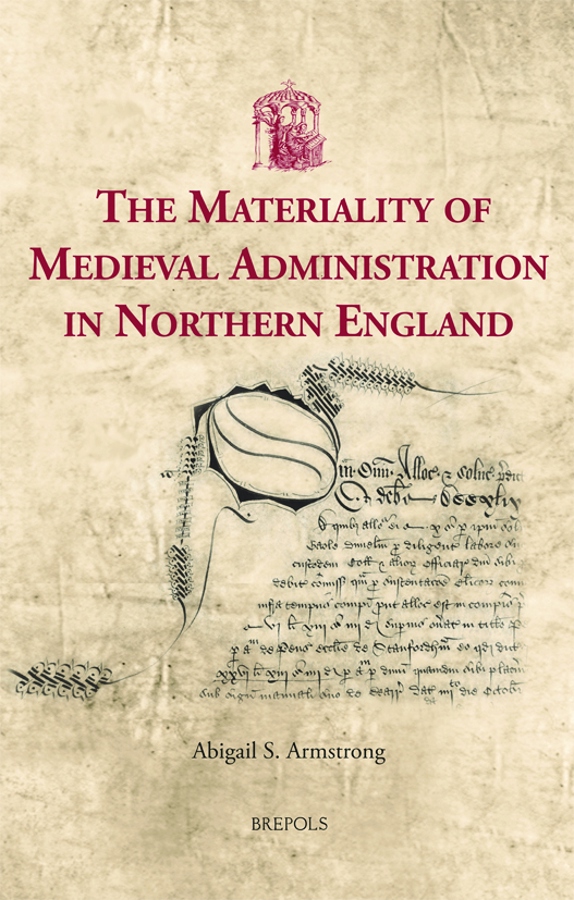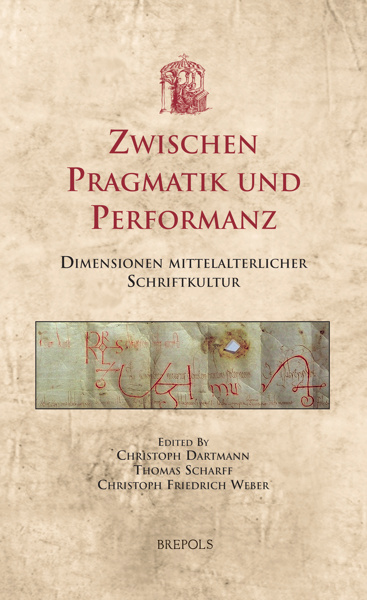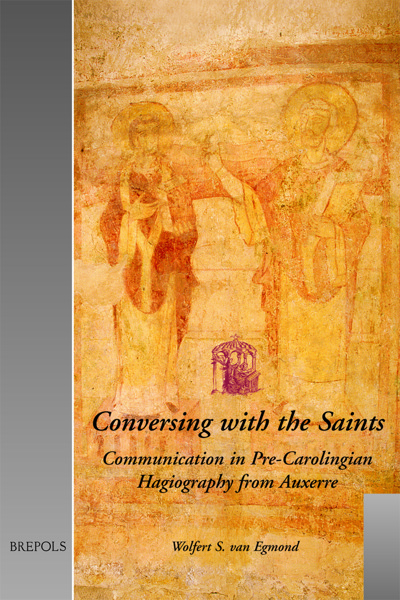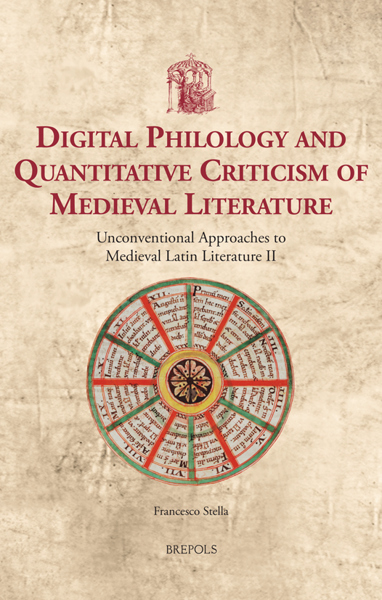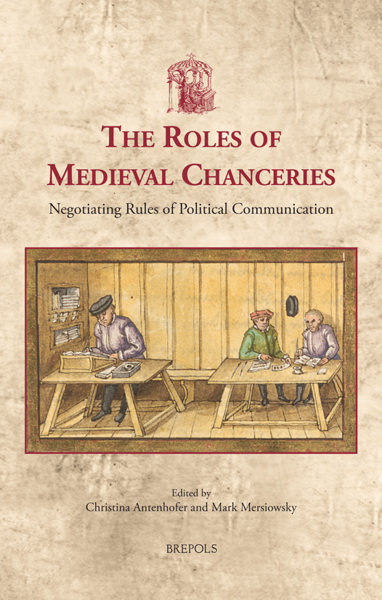
The Materiality of Medieval Administration in Northern England
Abigail Armstrong
- Pages: approx. xxvii + 325 p.
- Size:156 x 234 mm
- Illustrations:33 b/w, 5 col., 9 tables b/w., 3 maps b/w
- Language(s):English
- Publication Year:2024
- € 95,00 EXCL. VAT RETAIL PRICE
- ISBN: 978-2-503-60743-6
- Hardback
- Forthcoming (Jul/24)
- ISBN: 978-2-503-60744-3
- E-book
- Forthcoming
*How to pre-order?
A study of the financial and administrative record-keeping practices of the late medieval earls of Northumberland and bishops of Durham, which furthers our understanding of seigneurial estate management.
Dr Abigail S. Armstrong is a postdoctoral researcher within the German Research Foundation (DFG) funded Collaborative Research Centre 933: Material Text Cultures at the University of Heidelberg. She obtained her PhD from Canterbury Christ Church University in 2019. Her research focusses on the records of the nobility and royal government in the High and Late Middle Ages.
In the late Middle Ages, the Percy earls of Northumberland and the bishops of Durham were two of the largest landholders in the North East of England. This book is a study of their estate administrations based on the extant manorial accounts from the fourteenth through sixteenth centuries. Examining the documents holistically, it investigates the shapes of the records and the materials they were written upon, as well as how they were used and stored to provide new insights into late medieval lordly administration. Such a material-focussed approach explores the concurrent use of rolls, booklets, paper, and parchment for different types of manorial accounts and at different steps of the multistage production and audit process. It also examines the hands drafting, editing, and auditing the accounts, in addition to the layout and presentation of the contents of the records to further our understanding of the written burden of proof required in the management and audit of large estates in late medieval England. Studying the financial accounts of the earls of Northumberland and the bishops of Durham from a material perspective reveals two highly sophisticated administrative systems and structures of accountability.
Introduction
Chapter 1: Developments in Administration and the Sources
- The Development of Written Administration in England
- Estate Management and Record-Keeping
- The Case Studies: Lands and Administrations
- The Source Material: Types and Contents
- Changes over Time?
- Function Dictating Form?
- Maximising the Form and Format?
- The Introduction of Paper
- Form and Material
- Paper Draft, Parchment Neat?
- Parchment and Paper Supplies
- Physical and Technical Attributes
- Sizes
- Cost
- Durability
- Transportability
- Order of Production
- Language
- Standardisation of Layout and Structure
- Models, Templates, and Specimens
- Location of Production
- Preparing Accounts for Audit
- Drafts in Full
- Working Documents
- Pre-Audit Checks
- Filling in the Blanks
- Audit Corrections and Editing
- Mathematical Calculations
- The Final Reckoning
- Signs of Approval
- The Final Version of Accounts
- Clean or Clean Enough Copies
- Duplicates
- Locating Information within Accounts
- Layout and Decoration
- P.T.O. (Please Turn Over)
- Later Use
- Production of Subsidiary Records Series and Preparation for the Next Audit
- Manicules
- Storage
Bibliography
Index
